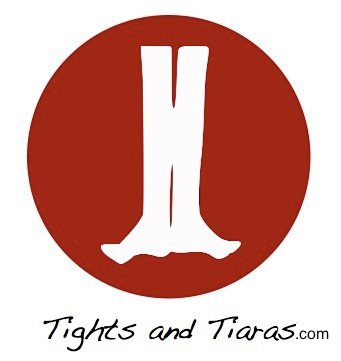How to write a dancers CV (or Resume, if you want).
The most important thing to have when you are searching for a job as a dancer (well, next to amazing skills) is a good CV. The CV, short for Curriculum Vitae, is a document that presents you as a dancer for the leadership of the company where you are applying the job. Now, a director of a company gets hundreds of CV’s every season, so yours needs to be presenting you the best way possible. I’ll give you a couple of hints to achieve that:
1. Stick to the point. Always keep it short! Start with who you are, as in name, date of birth, nationality and so on. Don’t forget spoken languages, which can be a great advantage, and put in your height and weight as well. I know, it might sound crazy, but it does matter. And don’t lie. If you are 160 centimeters tall, don’t write 165. What you will achieve is that a director might call you to an audition where he’s looking for a taller girl or boy, and then give the job to someone else that actually is taller. And: don’t forget your contact information. This might sound obvious, but I’ve seen a bunch of CV’s out there without saying anything on how to contact the dancer. How will they call you for an audition, if he can’t reach you?
2. Newest first. After the main part, follow with your education, and your working experience (stage experience and earlier jobs if you have). Write the newest first, then chronologically write backwards in time. Like this, the director sees the most relevant information first. Remember, they get A LOT of CV’s. They don’t read them like it was Shakespeare. The director should be able to find the information where he expects to, or maybe he won’t find it at all (read a little more on the directors in my post on hierarchy in the theatre).
Also here, keep it simple. You might mention some outstanding roles if you have, or name your teachers in a line or two, but don’t write an essay. Remember: You never get a job because of a CV. It gets you an audition. If the director likes your dancing there, he will probably ask if he wants to know anything.
A studio-shot of Daniel Ulbright, New York City Ballets new hope. If I were him, I’d put that in my CV ![]() Picture from Portfolio.com, © all rights reserved
Picture from Portfolio.com, © all rights reserved
3. Pictures. Pic’s are the key in any CV. They should be as fresh and flattering as possible. A couple of pictures of you in “ballet positions” should be included. I tend to experience that directors prefer “clean” photo’s, where you can see the line of the dancers body, and not much else. If you can, get a photographer to make some studio footage of you, it always looks better (although it might be expensive… I, for instance, did not have the money to do this now. More on dancers salaries) DO include some performance pictures as well if you got them, but remember: they should be as flawless as possible.
4. List of roles. If you want, you can include a list of roles you have danced, or a summary of the ballet’s you have been dancing in at the end of the CV. But that’s it. Motivation letters, why you want to dance for this company so bad, or how you like your eggs in the morning is information you should send separately. Keep the CV objective and to-the-point. The director will probably read it once. Make what’s in there count, so that when he sees you in the studio on the audition, he will remember only what you told him, of course, the most flattering version of you possible. Then, you got the job!
My personal CV can be downloaded from the About page. Please remember it contains sensitive information about me as a private person. Treat it thereafter.
Ta-ta
H


